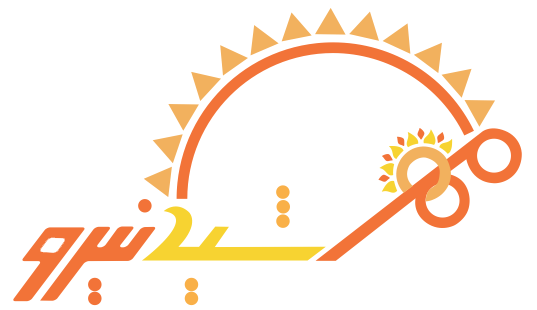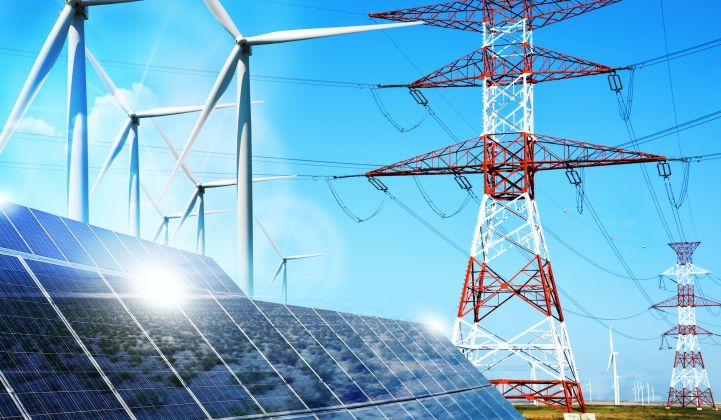Renewable energy has become an essential part of our modern world. As our dependence on non-renewable energy sources declines, the need for designing and implementing renewable power plants has never been more crucial. In this blog post, we will explore the different types of renewable power plants, including solar, hydro, and wind power, and discuss the process of their design and implementation.
Solar Power Plants:
One of the most popular forms of renewable energy is solar power. Solar power plants harness the energy from the sun and convert it into electricity. The design and implementation of solar power plants involve several key steps. It starts with site selection, where factors such as solar resource availability, land availability, and proximity to transmission lines are considered. Following site selection, the plant’s layout is determined, taking into account factors such as solar panel orientation and spacing. The next step involves the installation of solar panels and the connection of these panels to inverters, which convert the direct current (DC) generated by the panels into alternating current (AC), suitable for use in households and businesses. Finally, the plant is connected to the electrical grid, allowing the surplus electricity to be fed back into the system.
Hydro Power Plants:
Another significant source of renewable energy is hydroelectric power. Hydro power plants use the force of flowing or falling water to generate electricity. The design and implementation of hydro power plants follow a systematic approach. It begins with the selection of an appropriate site, considering factors such as water availability, topography, and environmental impact. Once the site is chosen, a dam or a diversion structure is built to control the flow of water. The water is then channeled through turbines, which are connected to generators that produce electricity. The generated electricity is transmitted through power lines to the end users. The design of hydro power plants requires careful consideration of environmental impacts, such as fish migration and habitat preservation, to ensure sustainable energy production.
Wind Power Plants:
Wind power is a rapidly growing source of renewable energy. Wind power plants harness the kinetic energy of wind to generate electricity. The design and implementation of wind power plants involve multiple stages. Firstly, wind resource assessment is conducted to evaluate the potential of a site for wind power generation. This involves measuring wind speeds, directions, and other meteorological parameters over an extended period. Once a suitable site is identified, wind turbines are installed. The turbines consist of blades that rotate when the wind blows, driving a generator to produce electricity. The generated electricity is then transmitted through a network of power lines to consumers. Proper design and placement of wind turbines are critical to maximize energy production and minimize the impact on the surrounding environment.
Conclusion:
Designing and implementing renewable power plants is a complex process that requires expertise and careful planning. Solar, hydro, and wind power plants offer viable alternatives to traditional energy sources, contributing to a greener and more sustainable future. By harnessing the power of the sun, water, and wind, we can reduce our reliance on non-renewable energy sources and mitigate the impact of climate change. As technology continues to advance, the design and implementation of renewable power plants will become even more efficient and cost-effective, making renewable energy a viable and attractive option for meeting the world’s growing energy demands.
In conclusion, the design and implementation of renewable power plants are essential for a sustainable future. By utilizing solar, hydro, and wind power, we can confidently transition to a greener energy landscape. With careful planning and a commitment to innovation, we can create a world where renewable energy is the primary source of power, ensuring a brighter and cleaner future for generations to come.

